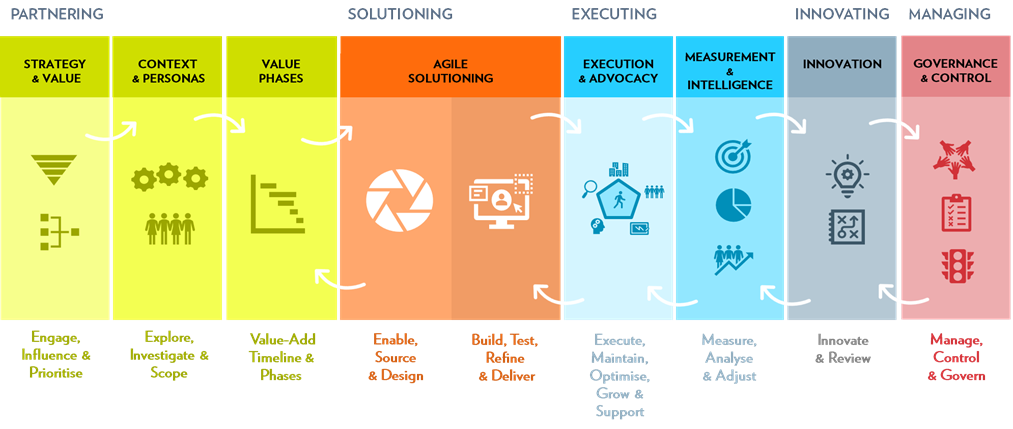The Covid-19 pandemic made all learning teams digital learning teams as organisations shifted to working from home. This caused a surge in demand for digital learning, reflected in our research that shows 82% of learning leaders experienced increased demand for digital learning from stakeholders.
With this shift to digital comes challenges. Our research also shows that 66% of organisations say their approach to digital learning is immature. That means many organisations looking to build an effective and sustainable digital operation face a steep learning curve.
Added to this, 65% say their current learning platforms are not fit for the modern workforce. And yet organisations expect to see an increase in investment in digital learning in the coming year with the aim of aligning content to roles, skills gaps or business goals, improving user experience, developing personalisation and content curation and creating learning journeys and adaptive learning content delivery. These are significant challenges for those organisations with an immature approach to digital learning.
The pandemic hasn’t helped, leading learning teams to take decisions that might be counter-productive in the long run. The pressure to shift to digital learning and deliver more with less resources has seen organisations support digital learning by redeploying the L&D team or employees from other departments, upskilling subject matter experts and project teams or outsourcing entire projects to external providers.
This may have worked as a short-term response to a crisis but it is not the solution for building an effective digital learning operation. It takes time to develop the skills of a learning designer and content developer, for example. There is a danger here too that L&D damages its digital learning brand by delivering weak digital resources and experiences.
So, which is the best way to build your digital learning operation? Fosway Group has created a Decision Support Guide to help you understand which parts of your Digital Learning Life Cycle you should be insourcing or outsourcing.

The guide is simple to use and helps you identify the best approach based on your organisational context. It covers the five key areas of building a successful digital learning team:
• Partnering – to understand the strategic value, measures of success, context, and phases of value the learning experience will help deliver
• Solutioning – to build, test, refine and launch the learning experience
• Executing – to deliver the learning experience to the learner and track impact and advocacy – so that the learning experience can be iterated and continuously improved
• Innovating – to look at short-term and longer-term advances which can change effectiveness and efficiency
• Managing – to put controls in place to optimise the learning offer, prioritise investment, and remove redundant resources and courses.
There is no off-the-shelf approach to building a digital learning team. The support a learning team will need will be based on the organisational context, but one thing is for sure, teams will need support at some point in the digital learning lifecycle. The good news is that across the lifecycle there are plenty of opportunities to partner.

